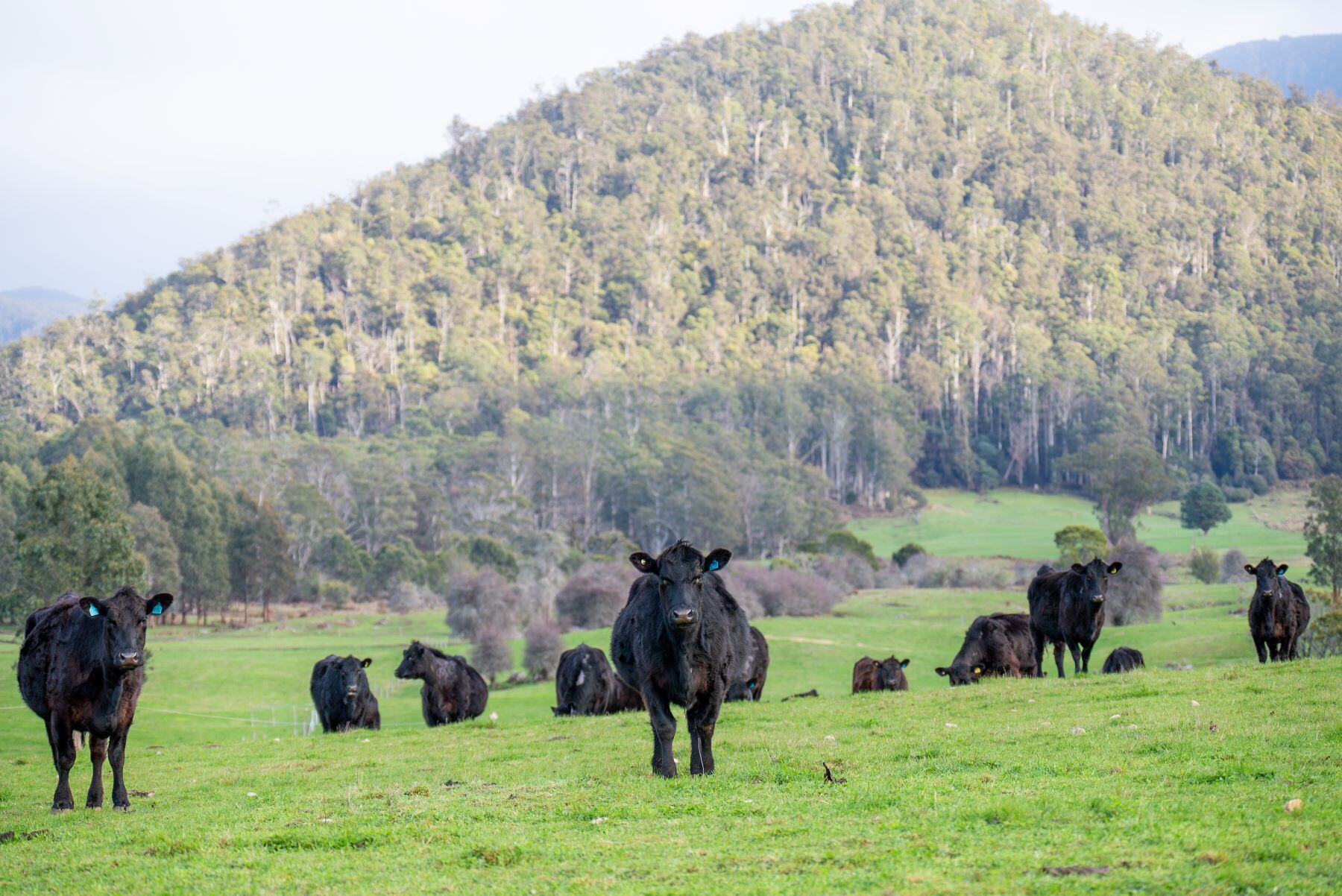The Australian Beef Market in 2025: An Absolute Cracker
In this column in July, the StoneX H2 2025 Australian Cattle & Beef Market Outlook’s bold calls were analysed and assessed for what the final 6...
In the latest AgWatchers+ podcast, industry experts Matt Dalgleish and Andrew Whitelaw dive into the state of the Australian livestock and grain markets. Covering cattle, sheep, and grains, they offer timely updates and insights into what’s driving current trends.
Mr Dalgleish begins with the cattle market, noting that the National Young Cattle Indicator (NYCI) remains flat, with little significant movement. However, there’s a clear divide between northern and southern regions. While Queensland's heavy steer price sits at 315 cents per kilogram liveweight, Victoria’s is at 355 cents, creating a notable gap.
“The real issue here is the supply," he says. "Victoria’s been patchy, and buyers are chasing stock from New South Wales and even Queensland. This is driving up prices in the south while the north has better supply and more stable pricing.”
He also touches on the AuctionsPlus Young Cattle Indicator, currently 355 cents per kilogram liveweight, which has risen seven cents over the week, but is still recovering from recent sell-offs. The north-south divide is evident here as well, with southern cattle fetching 370 cents, compared to 340 cents in the north.
"It looks like the premium for cattle at the moment is in the southern states," he said.
Andrew Whitelaw brings the discussion to grain markets, characterising them as “stable but dull” over the past two months. The market has been trading within a $10 range, around $315 per tonne for the upcoming harvest. Whitelaw mentions that Russia’s improved weather conditions have dampened market excitement, but overall, global grain supplies are ample.
“We still have low exporter stocks,” Mr Whitelaw adds, “but import nations have built up significant reserves, which is balancing things out.” He also touches on frost and dry conditions in parts of New South Wales and Victoria, noting that while these haven’t significantly impacted grain premiums, they are worth monitoring.
Discussing feed grains, Mr Whitelaw sees little concern about supply heading into harvest, saying, “Feedlot operators shouldn’t have too much trouble sourcing what they need this year.”
Despite some volatility in global markets, especially around energy prices, Mr Whitelaw believes canola won’t reach the coveted $1,000 per tonne mark, even though the Australian crop has seen some downgrades.
“Energy markets drive grain markets,” he explains. “Crude oil prices have dropped to about $72 US per barrel, which reduces demand for crops like soybeans and canola.”
Turning to sheep and lamb, Mr Dalgleish observes a surprising lift in prices. “It’s uncharacteristic for spring to see pricing rally a little bit,” he says, pointing to the National Trade Lamb Indicator which rose 26 cents this week, with a monthly increase of 12 cents, nearing 800 cents per kilogram carcass weight. Heavy lambs are particularly short in supply, driving prices up further.
He highlights Victoria, where lamb prices have exceeded 812 cents per kilogram, attributing this to the delayed spring flush.
“The sale yard numbers are about 10,000 head per week lower than usual,” Mr Dalgleish says, reinforcing the idea that supply shortages are playing a key role.
However, the picture isn’t the same across the country. In Western Australia, there’s been a significant price collapse.
“At the end of last week WA’s trade lambs were running at a 41% discount compared to the east,” Mr Dalgleish notes. Mutton in WA has also suffered, with prices around 162 cents per kilogram—far below the 269 cents in the east.
The podcast closes on a somber note for Western Australian sheep farmers, with Mr Dalgleish warning that “volatility and heavily discounted pricing” will likely persist as the industry adjusts to shrinking flocks and a looming phase-out of live sheep exports.
“It’s a tough situation,” he says, “but that’s the reality the industry faces. Unfortunately, we’re likely to see a much smaller WA sheep sector in the future.”
Despite the challenges, the experts agree that opportunities remain for those on the buying side, particularly in the sheep market.
AgWatchers+ provides a fortnightly update on the drivers of the main agricultural markets in Australia. AuctionsPlus powers the podcast, which is written and recorded by independent industry analysts Matt Dalgleish and Andrew Whitelaw from AgWatchers.
.jpg)
In this column in July, the StoneX H2 2025 Australian Cattle & Beef Market Outlook’s bold calls were analysed and assessed for what the final 6...
.png)
Each December we save the last article of the year for a bit of a crystal ball gaze, as we try to bring together market fundamentals and work out...
.png)
Australia’s wool market posted another strong performance this week, with all micron categories attracting solid support across the three selling...
